New Kingdom
« Une statuette privĂ©e d’Atfih »
ENiM 6, 2013, p. 27-32.
 Publication d’une statuette privée découverte en 1991 lors des fouilles du Conseil Suprême des Antiquités à Atfih et conservée actuellement dans le magasin archéologique du site. Des détails stylistiques et épigraphiques de cette statuette fragmentaire assise permettent de la dater du début du Nouvel Empire. Les textes conservent une formule d’offrandes adressée à Hathor maîtresse d’Atfih – première occurrence sur un monument découvert in situ – au profit de son dédicant Hor, dont la lecture des deux titres est malheureusement lacunaire et incertaine.
Publication d’une statuette privée découverte en 1991 lors des fouilles du Conseil Suprême des Antiquités à Atfih et conservée actuellement dans le magasin archéologique du site. Des détails stylistiques et épigraphiques de cette statuette fragmentaire assise permettent de la dater du début du Nouvel Empire. Les textes conservent une formule d’offrandes adressée à Hathor maîtresse d’Atfih – première occurrence sur un monument découvert in situ – au profit de son dédicant Hor, dont la lecture des deux titres est malheureusement lacunaire et incertaine.
 Publication of a private statuette discovered in 1991 during the excavations of the Supreme Council of Antiquities in Atfih currently kept in the archaeological store of the site. Stylistic and epigraphical details of this fragmentary seated statuette suggest a date at the beginning of the New Kingdom. The texts include an offering formula addressed to Hathor mistress of Atfih – the first occurrence on a monument found in situ – for the benefit of its owner Hor, whose two titles are unfortunately lacunar and uncertain.
Publication of a private statuette discovered in 1991 during the excavations of the Supreme Council of Antiquities in Atfih currently kept in the archaeological store of the site. Stylistic and epigraphical details of this fragmentary seated statuette suggest a date at the beginning of the New Kingdom. The texts include an offering formula addressed to Hathor mistress of Atfih – the first occurrence on a monument found in situ – for the benefit of its owner Hor, whose two titles are unfortunately lacunar and uncertain.
 Consulter cet article (24375) -
Consulter cet article (24375) -  Télécharger cet article au format pdf (18010)
Télécharger cet article au format pdf (18010)
« The Earliest Representation of a Potter’s Kick-Wheel in Egypt »
ENiM 6, 2013, p. 169-176.
 En se fondant sur deux représentations du temple Hibis, les céramologues ont longtemps supposé que le tour de potier à pied rapide n’est apparu en Égypte qu’à la période saïto-perse. Une figuration détaillée de Khnoum provenant d’une inscription de Ramsès II au temple de Louqsor récemment découverte indique, cependant, que cette technologie était déjà utilisée au Nouvel Empire.
En se fondant sur deux représentations du temple Hibis, les céramologues ont longtemps supposé que le tour de potier à pied rapide n’est apparu en Égypte qu’à la période saïto-perse. Une figuration détaillée de Khnoum provenant d’une inscription de Ramsès II au temple de Louqsor récemment découverte indique, cependant, que cette technologie était déjà utilisée au Nouvel Empire.
 Based on two representations from Hibis temple, ceramicists have long assumed that a fast kick wheel did not appear in Egypt until the Saite-Persian period. A detailed representation of Khnum from the recently uncovered building inscription of Ramesses II at Luxor temple, however, indicates that this technology was already in use during the New Kingdom.
Based on two representations from Hibis temple, ceramicists have long assumed that a fast kick wheel did not appear in Egypt until the Saite-Persian period. A detailed representation of Khnum from the recently uncovered building inscription of Ramesses II at Luxor temple, however, indicates that this technology was already in use during the New Kingdom.
 Consulter cet article (37673) -
Consulter cet article (37673) -  Télécharger cet article au format pdf (19982)
Télécharger cet article au format pdf (19982)
« Deux statuettes de Thot »
ENiM 7, 2014, p. 277-286.
 L’article présente le texte hiéroglyphique, les traductions et commentaires relatifs aux inscriptions de deux statuettes du dieu Thot conservées aujourd’hui au Musée Pouchkine de Moscou (nos. I.1.a 5702 et I.1.a 5703). Le premier objet est attribué à la Basse époque, l’autre, à la fin de la XXe dynastie.
L’article présente le texte hiéroglyphique, les traductions et commentaires relatifs aux inscriptions de deux statuettes du dieu Thot conservées aujourd’hui au Musée Pouchkine de Moscou (nos. I.1.a 5702 et I.1.a 5703). Le premier objet est attribué à la Basse époque, l’autre, à la fin de la XXe dynastie.
 The article deals with the study of two figurines of Thoth kept in the Pushkin Museum of Fine Arts, Moscow (Inv. I.1.a 5702 and I.1.a 5703) and presents the hieroglyphic text, translation and textual comments on the inscriptions. The first artifact is dated to the Late period, the other to the end of the 20th dynasty.
The article deals with the study of two figurines of Thoth kept in the Pushkin Museum of Fine Arts, Moscow (Inv. I.1.a 5702 and I.1.a 5703) and presents the hieroglyphic text, translation and textual comments on the inscriptions. The first artifact is dated to the Late period, the other to the end of the 20th dynasty.
 Consulter cet article (28659) -
Consulter cet article (28659) -  Télécharger cet article au format pdf (19129)
Télécharger cet article au format pdf (19129)
« Du vin de paille Ă l’époque pharaonique ? »
ENiM 9, 2016, p. 37-45.
 La production de vin en Égypte pharaonique est bien connue grâce, notamment, aux nombreuses représentations funéraires peintes dans les tombes nobiliaires, de même que par l’archéologie, par le biais des conteneurs ayant permis son transport et sa conservation. Le détail des méthodes de production, et notamment de fermentation, sont cependant moins bien appréhendées. Le croisement des données picturales et épigraphiques permet néanmoins de lever un voile sur une possible méthode de préparation du vin, le passerillage.
La production de vin en Égypte pharaonique est bien connue grâce, notamment, aux nombreuses représentations funéraires peintes dans les tombes nobiliaires, de même que par l’archéologie, par le biais des conteneurs ayant permis son transport et sa conservation. Le détail des méthodes de production, et notamment de fermentation, sont cependant moins bien appréhendées. Le croisement des données picturales et épigraphiques permet néanmoins de lever un voile sur une possible méthode de préparation du vin, le passerillage.
 The wine production during Pharaonic period is well known thanks to the funeral representations painted in the noble’s tombs as well as to archaeology through the containers that enable their transportation. The detail of the method of production, and especially the fermentation, is however less apprehended. The crossing of pictorial and epigraphic data enables nonetheless to lift the veil on a possible method to produce wine: the passerillage.
The wine production during Pharaonic period is well known thanks to the funeral representations painted in the noble’s tombs as well as to archaeology through the containers that enable their transportation. The detail of the method of production, and especially the fermentation, is however less apprehended. The crossing of pictorial and epigraphic data enables nonetheless to lift the veil on a possible method to produce wine: the passerillage.
 Consulter cet article (22682) -
Consulter cet article (22682) -  Télécharger cet article au format pdf (16584)
Télécharger cet article au format pdf (16584)
« An Early New Kingdom Coffin from Abydos »
ENiM 9, 2016, p. 47-63.
 Publication de fragments de cercueil trouvés à Abydos et actuellement conservés au Fitzwilliam Museum de Cambridge (E.283.1900). Jusqu’à aujourd’hui, le cercueil était généralement daté de la fin du Moyen Empire mais des parallèles montrent qu’il s’agirait plutôt du début du Nouvel Empire. Les objets trouvés avec le sarcophage sont également publiés et datent du début du Nouvel Empire.
Publication de fragments de cercueil trouvés à Abydos et actuellement conservés au Fitzwilliam Museum de Cambridge (E.283.1900). Jusqu’à aujourd’hui, le cercueil était généralement daté de la fin du Moyen Empire mais des parallèles montrent qu’il s’agirait plutôt du début du Nouvel Empire. Les objets trouvés avec le sarcophage sont également publiés et datent du début du Nouvel Empire.
 Full publication of coffin fragments found at Abydos and now in the Fitzwilliam Museum, Cambridge (E.283.1900). The coffin was hitherto mostly dated to the late Middle Kingdom, but parallels show that it is datable to the early New Kingdom. The objects found with the coffin are published too and also belong mostly to the early New Kingdom.
Full publication of coffin fragments found at Abydos and now in the Fitzwilliam Museum, Cambridge (E.283.1900). The coffin was hitherto mostly dated to the late Middle Kingdom, but parallels show that it is datable to the early New Kingdom. The objects found with the coffin are published too and also belong mostly to the early New Kingdom.
 Consulter cet article (22901) -
Consulter cet article (22901) -  Télécharger cet article au format pdf (16557)
Télécharger cet article au format pdf (16557)
« La collection d’ouchebtis du Museo Archeologico di Udine »
ENiM 12, 2019, p. 75-85.
 Publication de cinq ouchebtis conservés au Museo Archeologico d’Udine. À l’exception d’un ouchebti du Nouvel Empire, les autres datent de l’Époque tardive. Les apports de cette étude concernent le domaine de l’onomastique, avec l’attestation de quelques noms rares. Néanmoins, la comparaison avec du matériel issu de fouilles permet également de replacer quelques-uns de ces ouchebtis dans leur contexte archéologique.
Publication de cinq ouchebtis conservés au Museo Archeologico d’Udine. À l’exception d’un ouchebti du Nouvel Empire, les autres datent de l’Époque tardive. Les apports de cette étude concernent le domaine de l’onomastique, avec l’attestation de quelques noms rares. Néanmoins, la comparaison avec du matériel issu de fouilles permet également de replacer quelques-uns de ces ouchebtis dans leur contexte archéologique.
 Publication of five ushabtis stored in the Museo Archeologico di Udine. With the exception of one of them, which dates to the New Kingdom, the others date to the Late Period. The contribution of this study concerns the onomastic thanks to some names seldom attested. Moreover the comparison with some material discovered during excavations allows to replace this material in his archaeological context.
Publication of five ushabtis stored in the Museo Archeologico di Udine. With the exception of one of them, which dates to the New Kingdom, the others date to the Late Period. The contribution of this study concerns the onomastic thanks to some names seldom attested. Moreover the comparison with some material discovered during excavations allows to replace this material in his archaeological context.
 Consulter cet article (23666) -
Consulter cet article (23666) -  Télécharger cet article au format pdf (14188)
Télécharger cet article au format pdf (14188)
« “C’est une multitude de navires-kftjw qu’il a faits pour moi...”. Sur l’égyptianitĂ© du bateau de type crĂ©tois »
ENiM 14, 2021, p. 75-89.
 « C’est une multitude de navires-kftjw qu’il a faits pour moi… ». Sur l’égyptianité du bateau de type crétois. Au sein du vocabulaire égyptien relatif au monde égéen, le bateau kftjw (i.e. « de type crétois » = BTC) est mentionné à trois reprises dans la documentation, sous les règnes de Thoutmosis III et celui de son fils et successeur, Amenhotep II. Néanmoins, leur signification est aujourd’hui toujours l’objet de débats. D’après les travaux antérieurs des égyptologues et égéanistes, elle pourrait désigner soit la destination du voyage, soit l’origine de la construction et/ou un port d’attache. La relecture de la documentation textuelle permet de démontrer que ces navires sont construits à l’égyptienne, en Égypte, par et pour des Égyptiens.
« C’est une multitude de navires-kftjw qu’il a faits pour moi… ». Sur l’égyptianité du bateau de type crétois. Au sein du vocabulaire égyptien relatif au monde égéen, le bateau kftjw (i.e. « de type crétois » = BTC) est mentionné à trois reprises dans la documentation, sous les règnes de Thoutmosis III et celui de son fils et successeur, Amenhotep II. Néanmoins, leur signification est aujourd’hui toujours l’objet de débats. D’après les travaux antérieurs des égyptologues et égéanistes, elle pourrait désigner soit la destination du voyage, soit l’origine de la construction et/ou un port d’attache. La relecture de la documentation textuelle permet de démontrer que ces navires sont construits à l’égyptienne, en Égypte, par et pour des Égyptiens.
 “It’s a multitude of Kftjw-ships that he made for me…”. On the Egyptianity of the Cretan type boat. Within the Egyptian vocabulary related to the Aegean world, the kftjw boat (i.e. “Cretan type” = CTB) is mentioned three times in the documentation during the reigns of Thutmose III and that of his son and successor, Amenhotep II. Nevertheless, its meaning remains controversial. Earlier Egyptologists and Aegeanists scholars interpreted the term either as an indication of the ship’s destination, the origin of its construction or its home port. A reassessment of the textual documentation, however, demonstrates that these ships were built in Egypt, in the Egyptian way, by and for Egyptians.
“It’s a multitude of Kftjw-ships that he made for me…”. On the Egyptianity of the Cretan type boat. Within the Egyptian vocabulary related to the Aegean world, the kftjw boat (i.e. “Cretan type” = CTB) is mentioned three times in the documentation during the reigns of Thutmose III and that of his son and successor, Amenhotep II. Nevertheless, its meaning remains controversial. Earlier Egyptologists and Aegeanists scholars interpreted the term either as an indication of the ship’s destination, the origin of its construction or its home port. A reassessment of the textual documentation, however, demonstrates that these ships were built in Egypt, in the Egyptian way, by and for Egyptians.
 Consulter cet article (23371) -
Consulter cet article (23371) -  Télécharger cet article au format pdf (12845)
Télécharger cet article au format pdf (12845)
« Les anthroponymes Ă©laborĂ©s sur le thĂ©onyme Wsjr du Moyen au Nouvel Empire »
ENiM 16, 2008, p. 229-254.
 Cet article d’onomastique a pour but de mettre en lumière et d’étudier 17 anthroponymes pouvant être élaborés sur le nom du dieu Osiris, pour la période allant du Moyen Empire au Nouvel Empire. À travers une analyse grammaticale, ayant pour objectif d’affiner la lecture et la signification possible de chaque nom, couplée à une étude prosopographique, nous tenterons de mieux percevoir la façon dont la société égyptienne antique s’est approprié ce dieu.
Cet article d’onomastique a pour but de mettre en lumière et d’étudier 17 anthroponymes pouvant être élaborés sur le nom du dieu Osiris, pour la période allant du Moyen Empire au Nouvel Empire. À travers une analyse grammaticale, ayant pour objectif d’affiner la lecture et la signification possible de chaque nom, couplée à une étude prosopographique, nous tenterons de mieux percevoir la façon dont la société égyptienne antique s’est approprié ce dieu.
 This onomastics article aims to study and highlight 17 personal names that could be devised on the name of the god Osiris between the Middle and New Kingdoms. With a grammatical analysis that intends to refine the possible lecture and meaning of each personal name and adds to a prosopographic study of their holders, we will try to detect how this god was appropriated by ancient Egyptian society.
This onomastics article aims to study and highlight 17 personal names that could be devised on the name of the god Osiris between the Middle and New Kingdoms. With a grammatical analysis that intends to refine the possible lecture and meaning of each personal name and adds to a prosopographic study of their holders, we will try to detect how this god was appropriated by ancient Egyptian society.
 Consulter cet article (8803) -
Consulter cet article (8803) -  Télécharger cet article au format pdf (7067)
Télécharger cet article au format pdf (7067)
ENiM 15 - 2022
16 article(s) - 25 juillet 2024.
ENiM 1 à 17 (2008-2024) : 217 articles
3 181 737 téléchargements
5 055 394 consulations.
Index des auteurs

Mots clés

Derniers articles : 
TDENiM - Mise en ligne des volumes Ă©puisĂ©s : 
CENiM - Mise en ligne des volumes Ă©puisĂ©s : 
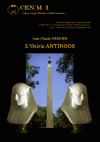 Jean-Claude Grenier L'Osiris ANTINOOS, CENiM 1, Montpellier, 2008 — (26 dĂ©cembre 2008)
Jean-Claude Grenier L'Osiris ANTINOOS, CENiM 1, Montpellier, 2008 — (26 dĂ©cembre 2008) 
 Twitter
Twitter 3272320 visites - 439 visite(s) aujourd’hui - 48 connecté(s)
© ENiM - Une revue d’égyptologie sur internet
Équipe Égypte Nilotique et Méditerranéenne - UMR 5140 - « Archéologie des Sociétés Méditerranéennes » (Cnrs) - Université Paul Valéry - Montpellier III
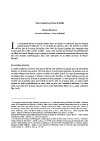
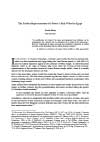
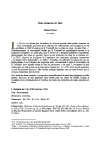
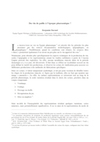
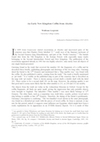
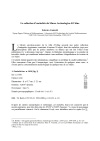
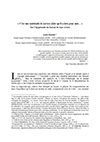

 , šnnw.w / šnn.w, « manoeuvres dormantes »
, šnnw.w / šnn.w, « manoeuvres dormantes »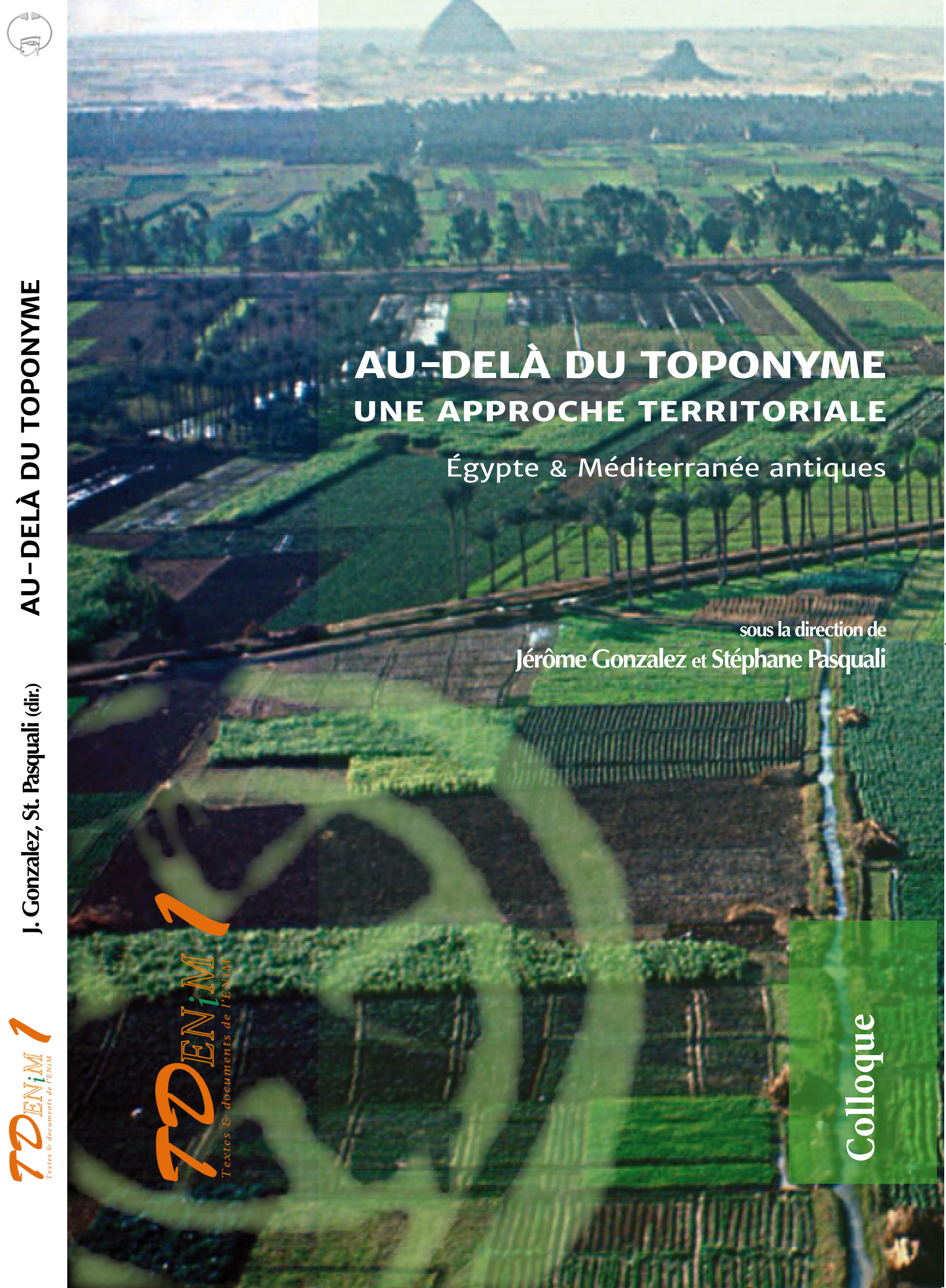
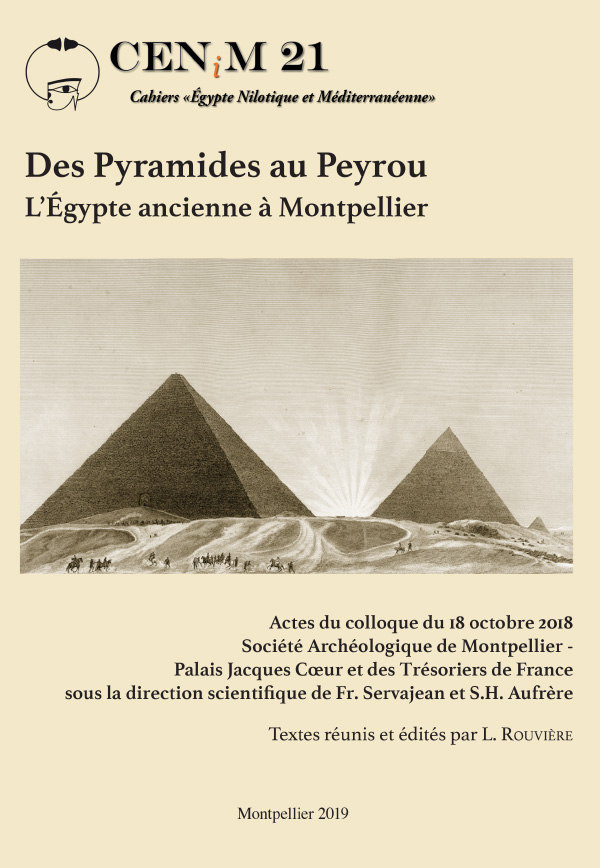
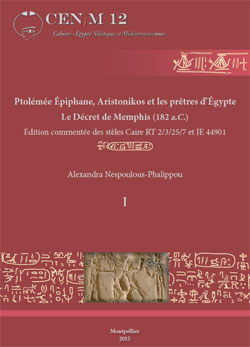
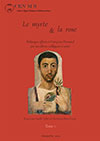

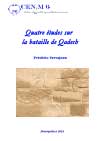
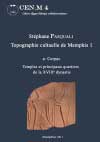
 Contact
Contact
 Abonnez-vous !
Abonnez-vous ! Équipe Égypte Nilotique et Méditerranéenne
Équipe Égypte Nilotique et Méditerranéenne UMR 5140 « Archéologie des Sociétés Méditerranéennes » (Cnrs)
UMR 5140 « Archéologie des Sociétés Méditerranéennes » (Cnrs) Université Paul Valéry - Montpellier III
Université Paul Valéry - Montpellier III